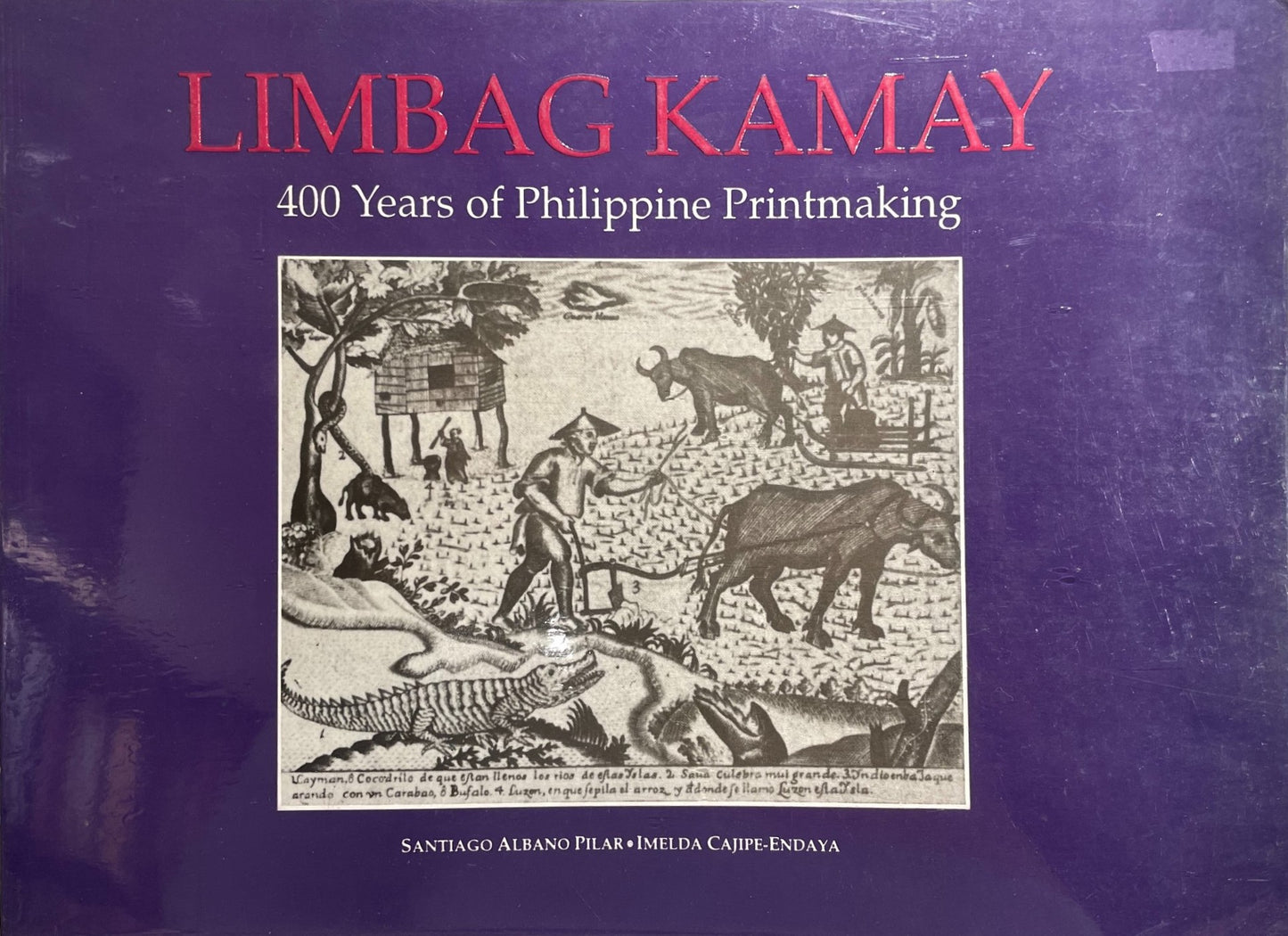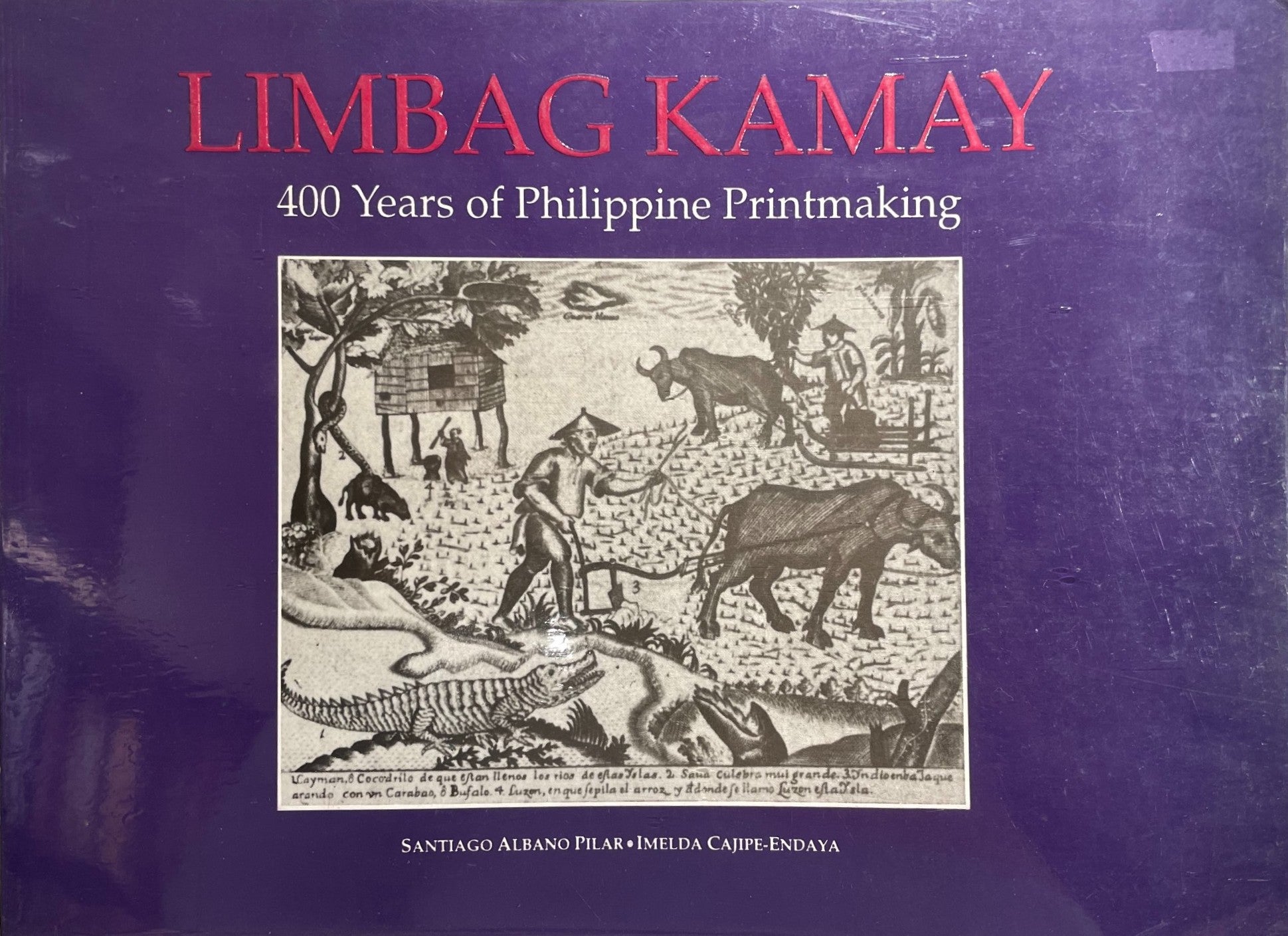Limbag Kamay: 400 Years of Philippine Printmaking
Limbag Kamay: 400 Years of Philippine Printmaking
Santiago Albano Pilar, Imelda Cajipe-Endaya
Couldn't load pickup availability
Share
From the foreword:
Four hundred years ago, the first prints appeared in the first books printed in the Philippines: the two doctrina Christiana and the Shih-lu. Prinimaking then developed in the hands of local artists. In the Spanish colonial period, the likes of Francisco Suarez, Nicolas de la Cruz Bagay, Laureano Atlas, Phelipe Sevilla, Carlos Borromeo, and Ysidro Paulino crafted excellent engravings using both religious and secular themes.
In the American period, political developments and the new lifestyle brought by their presence became the main subjects of printmakers. However, little was accomplished by the printmakers toward the end of the American rule and dung the Japanese occupation.
But the practice was revived in the late 1950s ushering in another creative period for local artists. With the efforts of pioneering painters of the period, printmaking for personal expression and social statement became equal to painting and sculpture. More than this, printmaking started being valued truly as an art form for the many, an important medium for expressing Filipino sentiments and exploring artistic designs.
Through this exhibition, Limbag Kamay: 400 Years of Philippine Printmaking, the Cultural Center of the Philippines hopes to inspire greater creativity and excellence among contemporary artists in the tradition of Bagay and Atlas and in the spirit of experimentation set by the printmakers of the sixties and seventies.
Published in 1993 by Cultural Center of the Philippines
76 pages / Paperback


